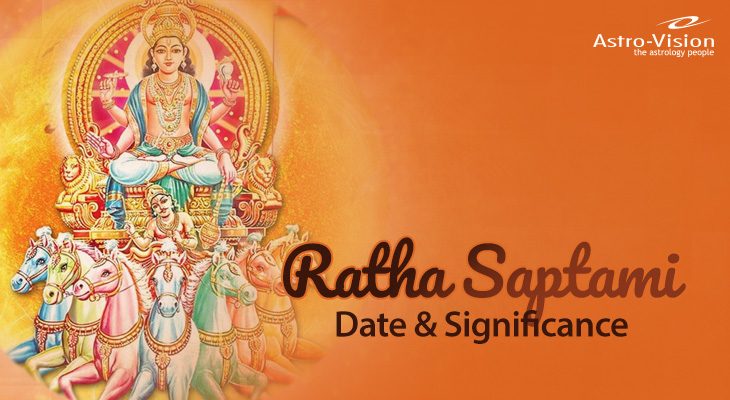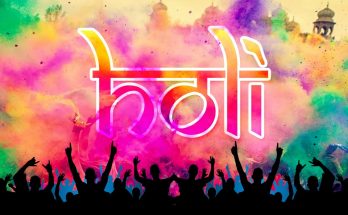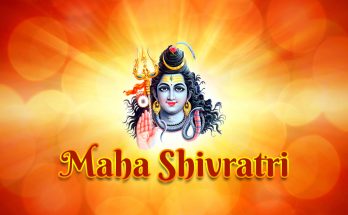Ratha Saptami 2021
As per the Vedic and Hindu calendar in the month of Maagha, in Shukla Paksha (Waxing moon) Ratha Saptami or Magha Saptami is observed and celebrated all over the country for worshipping lord Surya or Adi deva as it is mythological marked as the birthday of Surya Devta or Sun God. It is believed that by the time of Ratha Saptami Lord Surya embarked on the journey of enlightening the entire world, therefore this is also called Surya Jayanti Day.
Dates & Time of celebration
This year Ratha Saptami will be observed on 19 February 202, which falls on Friday while certain Muhurtas and exact timings are seen as below:
Saptami Tithi begins at 8:17 AM on 18 February, Thursday.
Saptami Tithi ends at 10:58 AM on 19 February, Friday.
Snan Muhurat: 5:14 Am to 6:59 AM.
Duration: 1 hour 45 minutes.
Sunrise time for Arghyadan: 6:55 AM.
How Ratha Saptami is performed?
There are several temples built in India for worshipping Sun God. Celebrations are performed and special ceremonies and festivities take place on Ratha Saptami’s eve all over the country with great enthusiasm and Devotion. Several temples include Tirumala Tirupathi Balaji, Konark temple, Mallikarjun Temple, Shri Manguesh Temple shows vivacious and vivid celebrations and decorations on this auspicious day.
Significance
This day starts with performing holy bath and puja rituals as per customs, culture, and traditions. Taking a holy bath in rivers is considered to be auspicious as our karmas or deeds or sins which are done by us intentionally or unintentionally get purged or wiped off by worshipping Surya Devta on this Tithi.
Moreover, it is well known and seen that most Indian priests assert worshippers to do some Daan Punya (Offerings) activities as a part of salvation seeing the level of purity and piousness of the day. The commencement or celebration of Ratha Saptami begins with self-cleaning or cleansing of the body by taking bath with the water containing droplets of a holy river like the Ganges, Godavari, etc at the time of Arunodya. The Arunodya Duration continues till four Ghatis or one and half hours. There is a logic behind taking bath before Arunodya as per Hindu customs which has high significance to make body and mind calmer with an equanimous and peaceful state of mind. It is very important to look up to Hindu calendar for determining the time of Arunodya.
After performing self-cleaning or bathing the very next ritual or custom is to worship Surya Devta by chanting the Surya mantra or Gayatri mantra facing the sun performing Argh or Pouring water while chanting Surya Jaap or Mantra simultaneously. The Arghdaan must be done slowly by pouring little water from the container which is called Kalash having water from a Holy river. After doing Argh one must join hands (Namaskar) to Surya Devta praying for one’s prosperity and seek blessings for a smooth & successful life, and also to wipe off all the sins of the present and previous life.
Puja rituals of igniting Diya and incense sticks are also done, with offerings of camphor and flowers. In most of the regions, women make rangolis on Aangans and also draw drawings on walls of chariots as a symbol of welcoming Surya to seek blessings. Thus, Surya Jayanti or Ratha Saptami or Achala Saptami enables one to wash or wipe off all the sins in life and showcase a better perspective towards life which is more spiritual, more successful, and be happier in all horizons.
Previous: Vasant Panchami 2021








